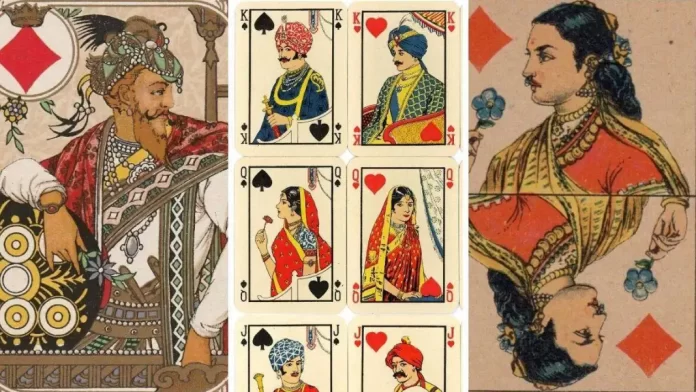Card games: for millennia, these rectangular paper or plastic mediums have woven themselves into the fabric of societies across the globe. They are not merely pastimes, but potent cultural signifiers that have evolved with time, adapting to shifting landscapes of technology and societal norms. The journey from their roots to the digital playgrounds of today is one of remarkable transformation and enduring appeal.
Table of Contents
The Charm of Traditional Card Games
The whispers of the past echo in the shuffling of cards, reminding us of a rich tapestry of tradition. One cannot overstate the cultural significance of these games across the world, given their deep historical roots and iconic status.
From the regal courts of medieval Europe, Tarot, initially a card game before its divinatory repute, held sway. In Japan, the elegantly designed Hanafuda, with its 12 suits representing months of the year, bore witness to seasons of strategic play and social interaction.
Venturing towards the Middle East, the game of Tarneeb, originating from the Levant region, engaged players in high-stakes bidding and trick-taking. And who could forget the vibrancy of India’s Ganjifa, a historic game featuring intricately painted circular cards, each a piece of art in its own right?
These games, and many others, have long served as social lubricants, educational tools, and, perhaps most significantly, as repositories of cultural narratives. While actual data regarding their historical trajectory might be nebulous, one cannot deny their profound influence in shaping social dynamics.
Evolution of Card Games
As societies evolved, so too did their games. With the dawn of the digital age, the transformation was inevitable. Card games, steeped in tradition, began to find new expression in the virtual world, merging the old with the new in a fascinating symbiosis.
One notable instance is the adaptation of classic games like blackjack into digital formats. This popular casino game saw its virtual counterpart, online blackjack, emerge as a favorite among netizens, subtly capturing the essence of tradition within the framework of modern technology. Its digitalization reflects a wider trend where traditional games are presented to a global audience, repackaged in the instantly accessible, on-demand format of online platforms.
As technology continues to evolve, so will the world of card games, straddling the lines between history, tradition, and innovation, serving as a captivating proof of human creativity and adaptability.
The Impact on Travel and Tourism
The allure of card games isn’t confined within the boundaries of culture or geography. Their rich histories and the experiences they offer have become potent attractions, influencing travel and tourism in fascinating ways.
Spain’s La Pocha tournaments draw enthusiasts from far and wide to partake in or witness these exciting matches. Similarly, Japan’s traditional card game festivals revolving around Koi-Koi, a popular Hanafuda game, intrigue numerous tourists with their vibrant, energetic displays.
While precise data on the scale of these influences may be hard to come by, the anecdotal evidence is compelling enough to establish a clear link between the love for card games and their impact on tourism and cultural exchange.













